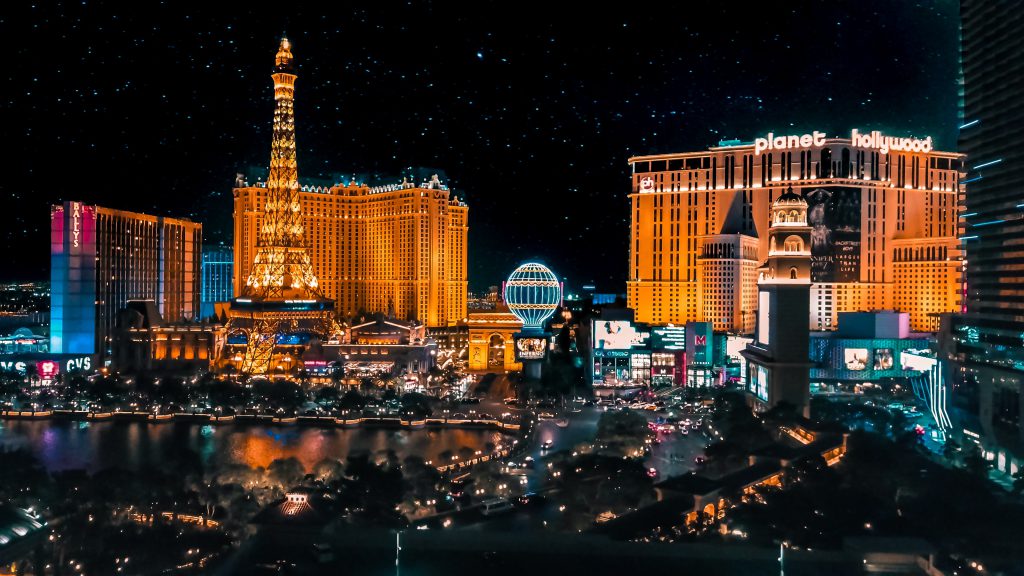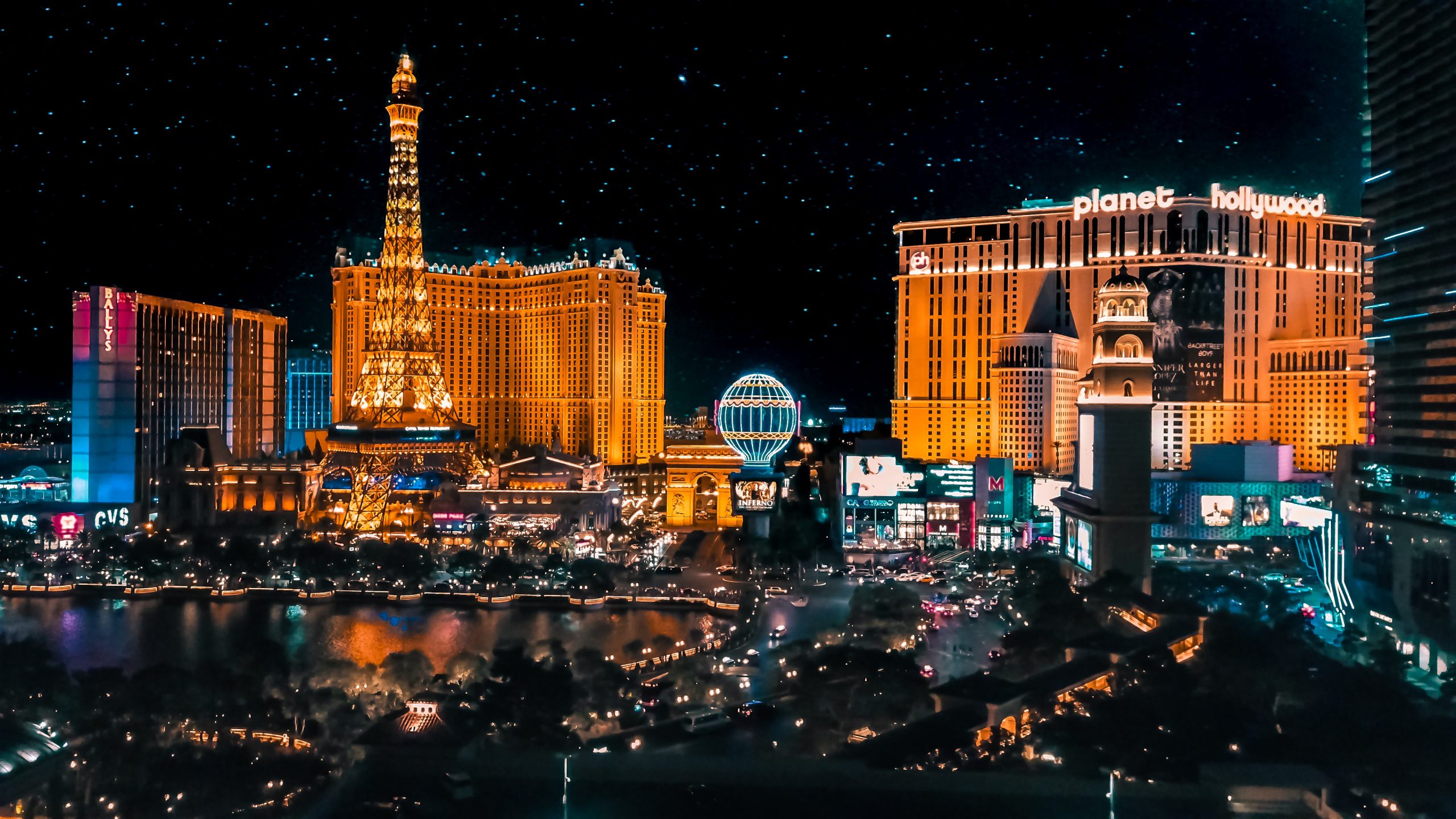Table of Contents Las Vegas F1
1. What Makes Las Vegas a Landmark Location for F1?
Las Vegas, globally recognized as a hub of entertainment and nightlife, is an ideal backdrop for Formula 1, blending the world of high-speed motorsports with the city’s inherent glamour. Its previous stints in Las Vegas F1 in the early ’80s were less impactful, but the 2023 race promises to redefine this history. Hosting the race on the Las Vegas Strip, a location synonymous with extravagance and excitement, sets the stage for an extraordinary event, aiming to capture the imagination of a global audience and solidify Las Vegas’s status as a premier sporting venue.
2. How Is the 2023 Grand Prix Different from Past Races in Las Vegas?
The 2023 Las Vegas F1 Grand Prix significantly departs from the city’s previous F1 experiences. Set on a spectacular 3.8-mile circuit that weaves through the heart of the Las Vegas Strip, this event is poised to offer an unprecedented racing spectacle under the city’s neon lights. With a layout featuring 14 turns and expected top speeds of 212 mph, the race is designed to be a high-adrenaline showcase, differentiating it from the earlier races held in parking lots, which lacked the same level of excitement and engagement.

3. Why Is Formula 1 Directly Promoting the Las Vegas Race?
Formula 1 is taking the reins in promoting the Las Vegas F1 Grand Prix in a significant departure from its traditional business model. This direct involvement for at least a decade underlines the race’s strategic importance in F1’s global growth strategy, especially in the United States. By managing the promotional aspects, Las Vegas F1 demonstrates confidence in the potential of this event to catalyze its expansion in new markets and create a new template for how races might be organized and promoted in the future.
4. What Economic Impact Is Expected from the Las Vegas F1 Grand Prix?
The Las Vegas Grand F1 Prix is expected to have a transformative economic impact on the city. Projected to contribute approximately $1.3 billion, the event promises to boost tourism and global media attention. This influx is anticipated to benefit a wide range of local businesses, with a particular boost for the hospitality and entertainment sectors. Hotels, casinos, restaurants, and other attractions will likely increase patronage during the race weekend and in the surrounding periods, as the event draws a global audience and high-profile guests.
5. How Have Investments and Preparations Shaped the Event?
The Las Vegas Grand Prix represents one of the most significant financial undertakings in F1 history. With an estimated $280 million spent on infrastructure alone, including constructing a state-of-the-art pit building, F1 is boldly stating its commitment to the Las Vegas event. This extensive investment, potentially reaching $500 million, reflects the scale and ambition of the race. It’s a clear signal that F1 sees the Las Vegas F1 Grand Prix as more than just a race; it’s a cornerstone in their long-term global strategy and a catalyst for growth.
6. What Are the Potential Benefits for Las Vegas’s Casinos and Hotels?
Las Vegas’s casinos and hotels are at the forefront of the anticipated benefits from the Grand Prix. These establishments, known for their luxury and entertainment offerings, are expected to attract a surge in high-spending clientele, including celebrities and VIPs. The race presents a unique opportunity for these venues to enhance their global brand, showcase their facilities, and capitalize on the increased foot traffic. Moreover, the collaboration between F1 and these establishments in hosting the event is likely to create lasting partnerships that could lead to further ventures and events.
7. How Will the Race Affect Local Residents and Infrastructure?
While the race promises significant economic benefits, it also poses challenges for local residents and city infrastructure. Integrating the race circuit with public roads necessitates extensive traffic management and security measures, potentially causing disruptions in the city. The late-night scheduling of the race, a compromise to accommodate international broadcast times, adds another layer of complexity. These factors highlight the logistical challenges of hosting such a high-profile event in a bustling urban environment.
8. Could This Race Change the Future of Formula 1 Events?
The Las Vegas F1 Grand Prix could be a watershed moment for Formula 1, potentially redefining how future races are promoted and hosted. If successful, it could validate the model of F1 taking a more hands-on role in race promotion, especially in strategically important markets. This could lead to more events being organized directly by F1, moving away from relying solely on independent promoters and government backing, thereby creating a new blueprint for future F1 races.
9. What Are the Risks and Challenges of the Las Vegas F1 Grand Prix?
The Las Vegas F1 Grand Prix is not without its risks and challenges. The substantial financial investment and the break from traditional race promotion models pose a significant gamble for F1. Additionally, balancing the needs and concerns of local residents, ensuring smooth traffic flow and security, and delivering an event that lives up to the high expectations set by its glamorous setting are crucial challenges that F1 faces in making this event a success.
10. What Does the Future Hold for the Las Vegas Formula 1 Grand Prix?
The future of the Las Vegas Formula 1 Grand Prix will be closely watched, as its success or failure will have far-reaching implications for F1’s growth strategy and Las Vegas’s standing as a premier sporting destination. The race’s ability to attract global attention, bring economic benefits to the city, and redefine F1’s event promotion strategies will be key factors in determining its long-term impact. As the city gears up for this high-octane event, all eyes will be on how this grand experiment unfolds and shapes the future of Formula 1 and Las Vegas.
